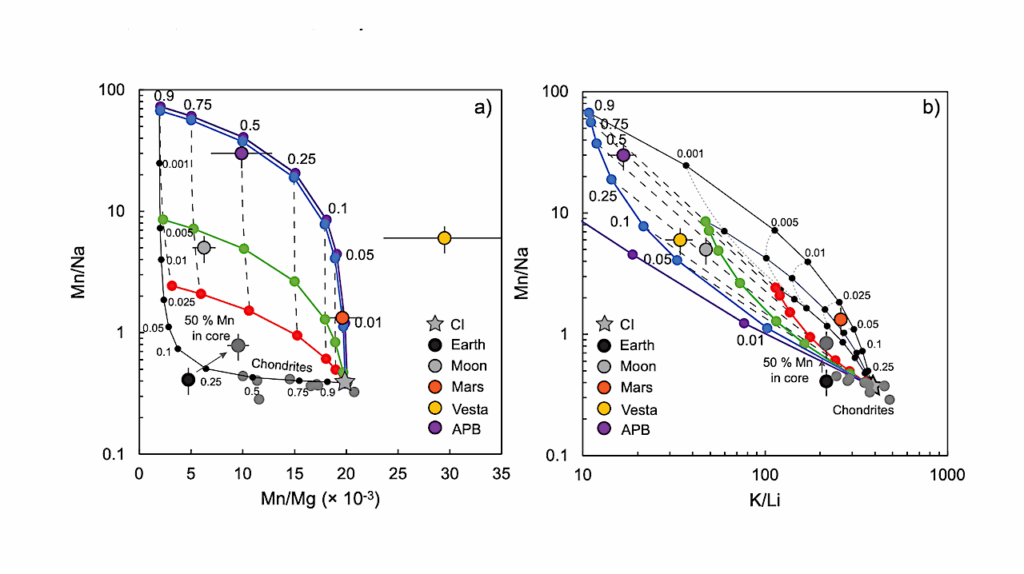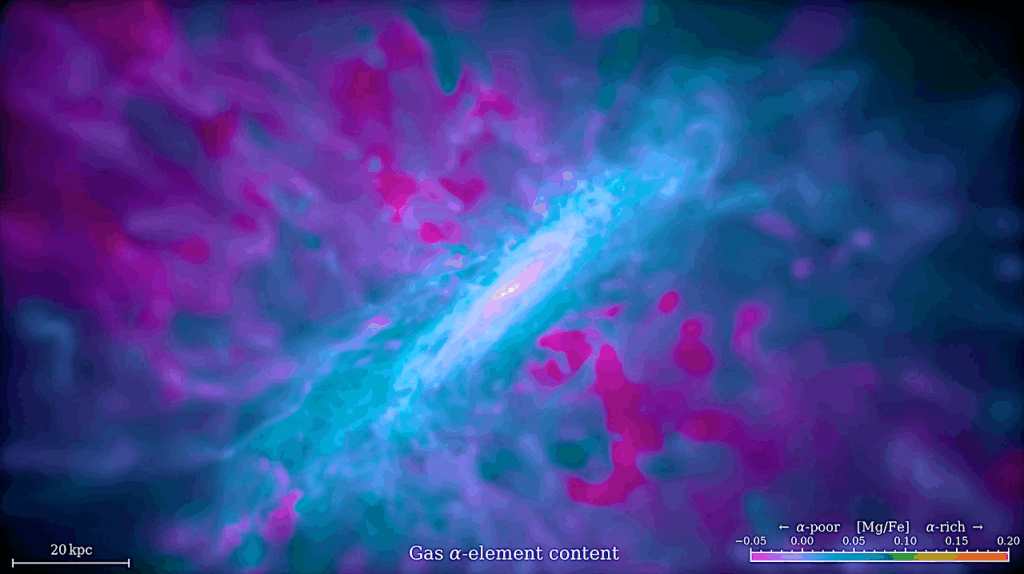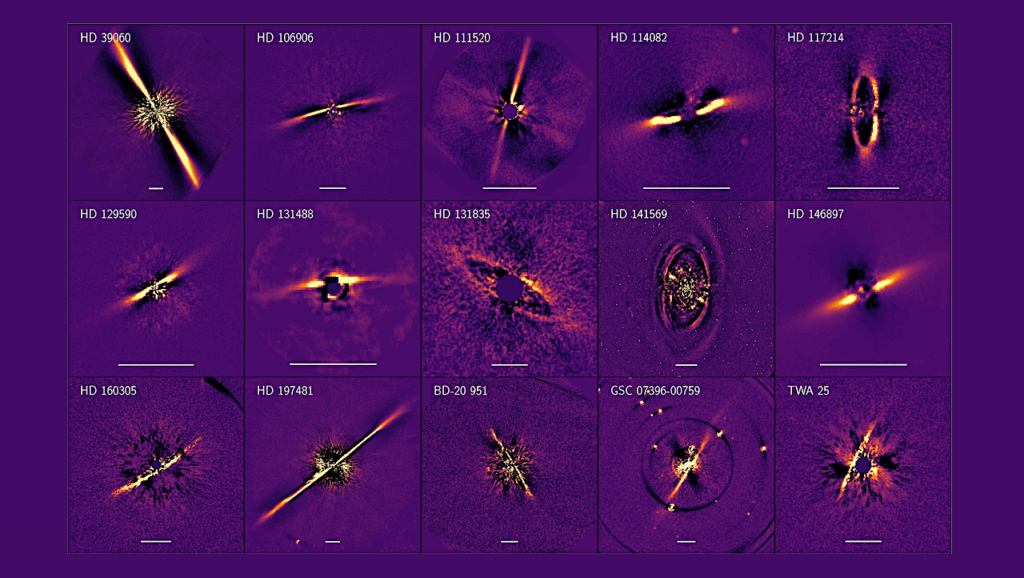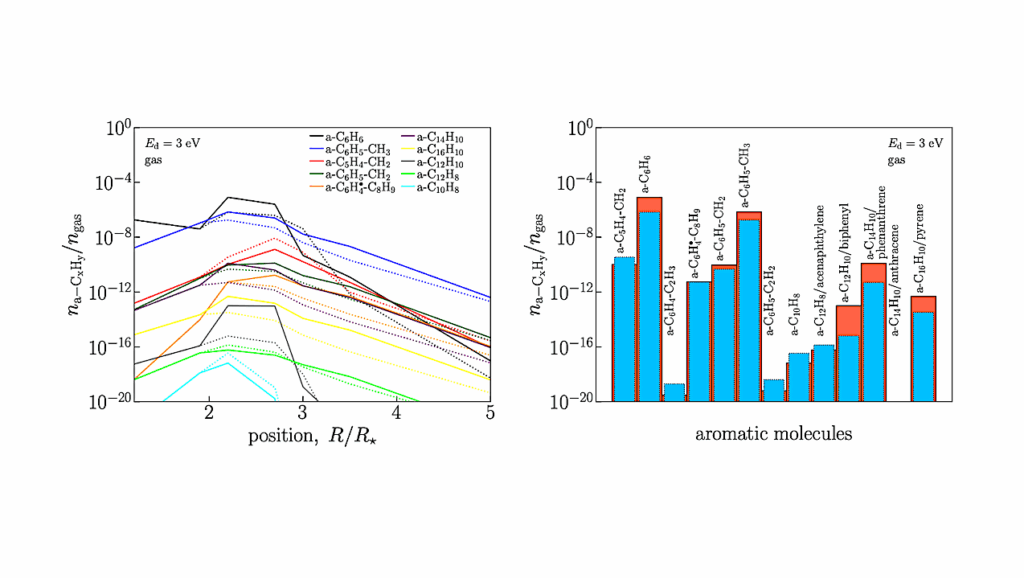New Candidates for Organic-rich Regions on Ceres

We explore the spatial distribution of organics on Ceres using the visible and near-infrared data collected by the Dawn mission.
We employ a spectral mixture analysis (SMA) approach to map organic materials within the Ernutet crater at the highest available spatial resolution revealing a discontinuous, granular distribution and a possible correlation with an ancient crater on which Ernutet has been superimposed. The SMA technique also helps us identify 11 new areas as potential sites for organics.
These regions are predominantly located within craters or along their walls, resembling the distribution pattern observed in Ernutet, which implies a possible geological link with materials exposed from beneath the surface. In one of these candidate regions situated in the Yalode quadrangle, we detected the characteristic 3.4-micron absorption band in the infrared spectrum, indicative of organics and carbonates.
By combining the spatial resolution of the Framing Camera data with the spectral resolution of the Visual and Infrared Imaging Spectrometer using SMA, we investigated the distribution of the 3.4-micron band in this quadrangle.
The absorption pattern correlates with the Yalode/Urvara smooth material unit, which formed after significant impacts on Ceres. The association of organic-rich materials with complex and multiple large-impact events supports for an endogenous origin for the organics on Ceres.

a) Areas rich in aliphatic organics (red) obtained after applying SMA (Fig 2), overlaid on a F2 mosaic with XMO images. The Ernutet crater is pointed out by the yellow arrow. The color-coded stars indicate areas of higher concentration of the organics-rich endmember in the outer region in the southwest of Ernutet. The yellow line marks the rim of the ancient crater on which Ernutet is superposed. b) Same as in (a) but using a clear filter image with a different viewing geometry, thereby allowing for a better appreciation of the spatial distribution relative to the older crater. The distribution pattern hints at the ancient impact’s significant role in strengthening upwelling mechanisms, possibly revealing deeper material. Additionally, subsequent smaller impacts may have further exposed the underlying material as Ernutet’s ejecta concealed the older crater entirely. — astro-ph.EP

Ceres surface global map in which we indicate the candidate organic regions. Yellow stars indicate the Ernutet crater (1) and the Urvara basin (11) where organics have previously been identified (De Sanctis et al., 2011, Nathues et al., 2022). In red is the region where we have identified a new organic region, located in the Yalode quadrangle. Green stars mark locations where SMA suggested that organics may exist, but can not be confirmed because they lack 3.4 µm absorptions. Credits for background map: NASA/JPL-Caltech/UCLA/MPS/DLR/IDA — astro-ph.EP
J. L. Rizos, J. M. Sunshine, R. T. Daly, A. Nathues, C. De Sanctis, A. Raponi, J. H. Pasckert, T. L. Farnham, J. Kloos, J. L. Ortiz
Subjects: Earth and Planetary Astrophysics (astro-ph.EP); Instrumentation and Methods for Astrophysics (astro-ph.IM)
Cite as: arXiv:2406.14893 [astro-ph.EP] (or arXiv:2406.14893v1 [astro-ph.EP] for this version)
Submission history
From: Juan Luis Rizos Dr
[v1] Fri, 21 Jun 2024 06:27:41 UTC (3,831 KB)
https://arxiv.org/abs/2406.14893
Astrobiology, Astrochemistry,








